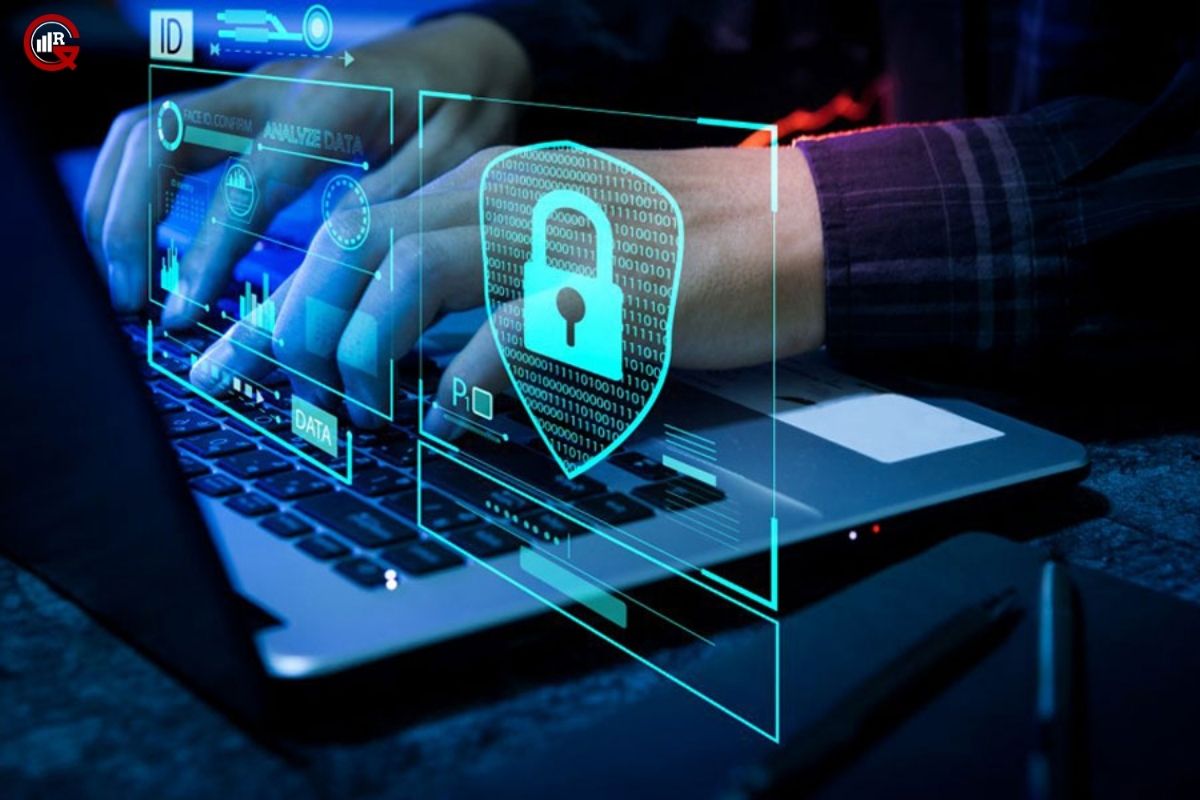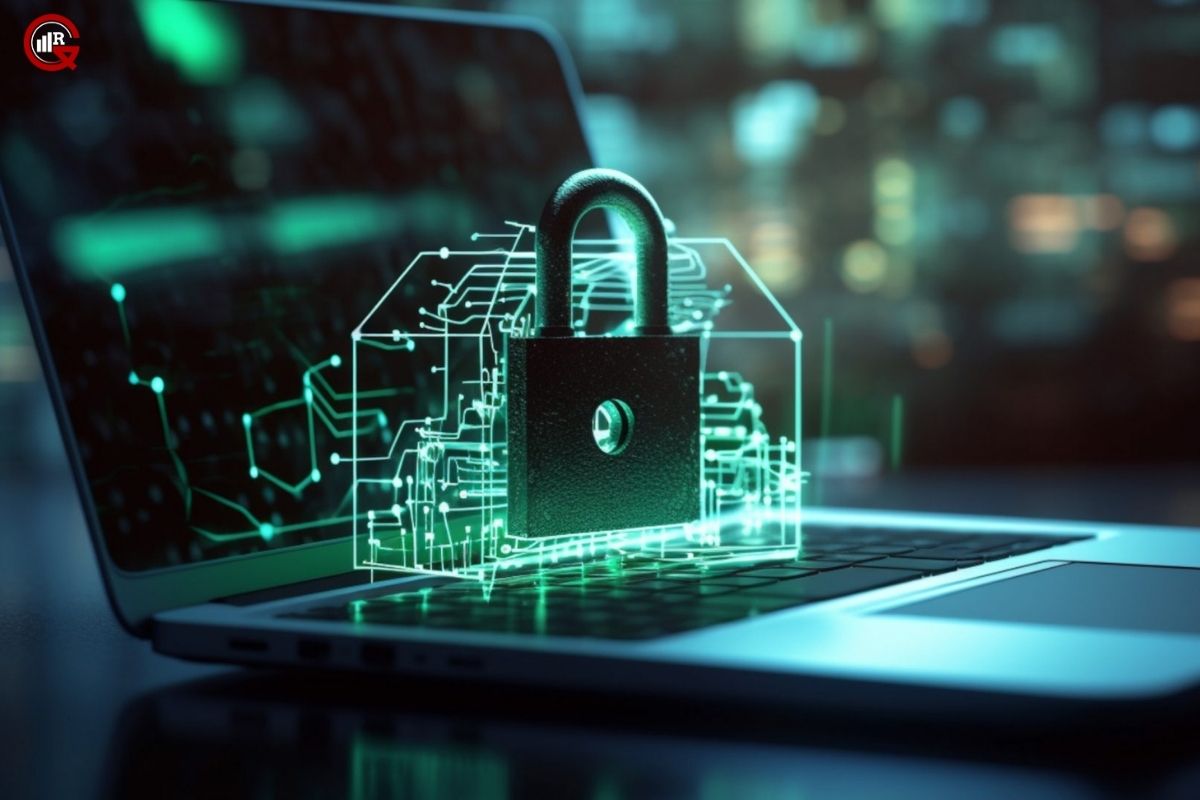(Source – Udemy)
In an era where cyber threats are increasingly sophisticated and pervasive, the demand for skilled cybersecurity professionals has never been higher. Traditional educational methods are often insufficient to prepare students for the dynamic and complex nature of cybersecurity challenges. Enter the cyber range—a cutting-edge tool that is revolutionizing cybersecurity education and training. This article explores the concept of a cyber range for education, its significance in education, and how it is shaping the future of cybersecurity training.
What is a Cyber Range for Education?
A cyber range is a simulated environment designed to provide hands-on experience in cybersecurity. It replicates real-world networks, systems, and applications, allowing users to practice defending against cyber threats in a controlled, risk-free setting. These environments can simulate various scenarios, including network breaches, malware attacks, and phishing schemes, providing invaluable experience for both novice learners and seasoned professionals.
Cyber ranges can vary in complexity, from simple setups used for basic training to sophisticated infrastructures capable of simulating advanced persistent threats (APTs). They are equipped with the latest tools and technologies, ensuring that participants are exposed to current and emerging cyber threats.
The Role of Cyber Range for Education
Practical Experience:
Traditional classroom-based education often focuses on theoretical knowledge, which is crucial but insufficient on its own. Cyber ranges provide practical, hands-on experience, bridging the gap between theory and practice. Students can apply what they have learned in real time, developing critical thinking and problem-solving skills.
Safe Learning Environment:
Cyber ranges offer a controlled environment where mistakes are part of the learning process. Unlike real-world settings where errors can have significant consequences, cyber ranges allow students to experiment, fail, and learn from their mistakes without risking actual data or systems.
Customized Training Scenarios:
Educators can design specific scenarios tailored to their curriculum and learning objectives. Whether it’s responding to a ransomware attack or investigating a data breach, these scenarios can be adjusted to match the skill levels of the participants, ensuring a gradual and comprehensive learning experience.
Collaboration and Teamwork:
Cybersecurity often requires coordinated efforts among various team members. Cyber range for education can simulate scenarios that require collaboration, helping students develop teamwork and communication skills. This is particularly valuable for roles such as incident response, where coordination is critical.
Benefits of Cyber Range for Education for Students

Enhanced Employability:
Graduates with hands-on experience in cyber ranges are more attractive to employers. They are perceived as job-ready, with practical skills that can be immediately applied in the workplace. This can significantly enhance their employability and career prospects.
Real-Time Feedback:
Cyber ranges provide immediate feedback on performance, allowing students to understand their strengths and areas for improvement. This real-time assessment is crucial for continuous learning and skill development.
Exposure to Realistic Threats:
Students are exposed to realistic, evolving cyber threats, preparing them for the challenges they will face in their professional careers. This exposure is critical for developing adaptive and resilient cybersecurity professionals.
Certification and Credibility:
Many cyber ranges for education offer certification programs that validate the skills acquired. These certifications add credibility to a student’s profile, making them stand out in the competitive job market.
Benefits for Educational Institutions
Enhanced Curriculum:
Integrating cyber ranges into the curriculum enriches the educational experience. Institutions can offer advanced courses and specialized training programs, attracting more students and positioning themselves as leaders in cybersecurity education.
Research and Development:

Cyber range for education provides a platform for research and development in cybersecurity. Institutions can use these environments to test new tools, techniques, and methodologies, contributing to the advancement of the field.
Industry Partnerships:
Educational institutions can collaborate with industry partners to develop relevant training scenarios and programs. These partnerships can lead to internships, job placements, and funding opportunities, benefiting both students and the institution.
Community Engagement:
Cyber range can be used to engage with the broader community, including hosting competitions, workshops, and awareness programs. This can help raise the profile of the institution and promote cybersecurity awareness.
Challenges and Considerations
Cost and Resources:
Setting up and maintaining a cyber range for education can be expensive. Institutions need to invest in hardware, software, and skilled personnel to manage and update the environment. Securing funding and resources is a critical challenge.
Keeping Pace with Technology:
Cyber threats are constantly evolving, and the cyber range for education must be updated regularly to reflect the latest trends and technologies. This requires ongoing investment and expertise.
Balancing Theory and Practice:
While practical experience is invaluable, it is essential to balance it with strong theoretical knowledge. Institutions must ensure that their curriculum provides a comprehensive understanding of cybersecurity principles alongside hands-on training.
Accessibility:
Ensuring that cyber range for education are accessible to all students, regardless of their background or financial situation, is crucial. Institutions must consider how to provide equitable access to these advanced training tools.
Future of Cyber Range for Education

The future of cyber range for education looks promising. As cyber threats become more sophisticated, the need for advanced training tools will continue to grow. Several trends are likely to shape the future of cyber range for education:
Integration with Virtual Reality (VR) and Augmented Reality (AR):
Incorporating VR and AR technologies can enhance the realism of cyber ranges, providing more immersive and engaging training experiences.
AI and Machine Learning:
Using AI and machine learning to create dynamic and adaptive training scenarios can provide more personalized and effective learning experiences. These technologies can also help in analyzing performance and providing targeted feedback.
Cloud-Based Cyber Ranges:
Cloud-based cyber ranges can offer scalable and flexible training solutions. They can provide remote access to training environments, making them accessible to a broader audience.
Interdisciplinary Collaboration:
Cyber range for education can facilitate interdisciplinary collaboration, bringing together students and professionals from various fields such as computer science, engineering, law, and business. This holistic approach is essential for addressing the multifaceted nature of cybersecurity challenges.
Conclusion
The cyber range for education are transforming cybersecurity education by providing practical, hands-on experience in a controlled and realistic environment. They offer numerous benefits for students, educational institutions, and the broader cybersecurity community. While there are challenges to overcome, the potential of cyber ranges to enhance the quality and effectiveness of cybersecurity training is undeniable. As technology continues to evolve, cyber ranges will play a crucial role in preparing the next generation of cybersecurity professionals, ensuring they are equipped to tackle the ever-growing threats in the digital world.






